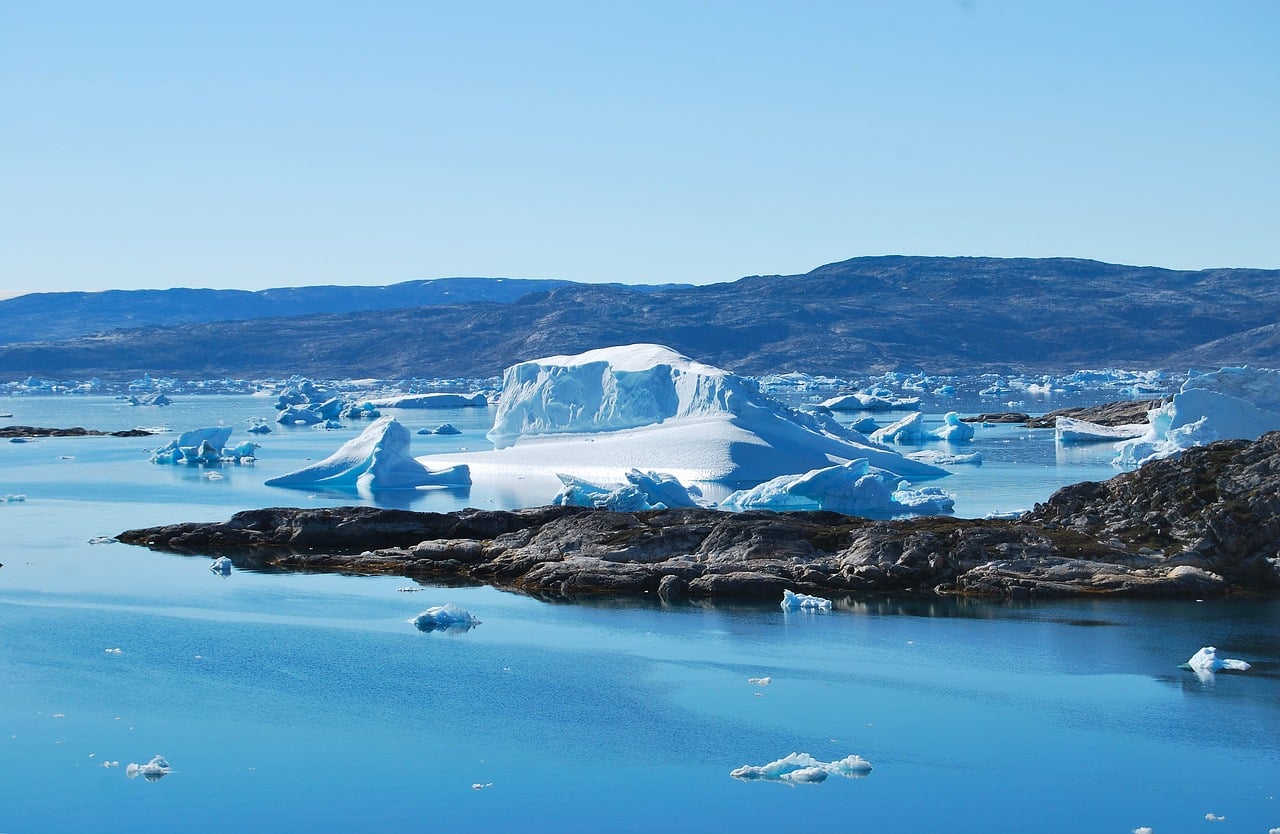The new year hasn’t begun so well for Earth, as it continues fighting against climate change, but without great results. A new study suggests that the Greenland ice melting pace has been accelerating since 2003 as a result of global warming in the planet’s atmosphere.
Warming ocean temperatures and sea level rise are no stranger to scientists. Recently, a study discovered that the ice shelves on Antarctica are melting extremely fast, while the warmer ocean temperatures cause waves to become stronger. The new study published in the Proceedings of the National Academy of Sciences discovered that Greenland’s southwest region has suffered the largest sustained ice loss from early 2003 to 2013.
“Whatever this was, it couldn’t be explained by glaciers, because there aren’t many there,” Michael Bevis, lead author of the paper, Ohio Eminent Scholar and a professor of geodynamics at Ohio State University said in a statement. “It had to be the surface mass—the ice was melting inland from the coastline.”
Bevis and other co-authors of the study believe that this melting is caused by global warming, and warn about the large deposits of water flowing into the ocean during the summer. Southwest Greenland hasn’t been considered a threat when it came to Greenland ice melting. However, with the new results it’s likely that it’s going to become a major contributor to the sea level rise.
The study also shows that the higher sea level could be potentially dangerous for U.S. coastal cities such as New York and Miami.
“The only thing we can do is adapt and mitigate further global warming—it’s too late for there to be no effect,” Bevis said. “This is going to cause additional sea level rise. We are watching the ice sheet hit a tipping point.”
Scientists who look into climate change as well as glaciologists have been watching the Greenland ice sheet since 2002. Back then, NASA and Germany collaborated to launch GRACE satellites. It stands for Gravity Recovery and Climate Experiment, including two satellites which monitor the ice loss across Greenland. The results are alarming and they show that Greenland lost about 280 gigatons of ice per year between 2002 and 2016. Given the pace at which climate changes are happening, Greenland ice melting could get even worse.
“These oscillations have been happening forever,” Bevis said. “So why only now are they causing this massive melt? It’s because the atmosphere is, at its baseline, warmer. The transient warming driven by the North Atlantic Oscillation was riding on top of more sustained, global warming.”
Before the study was conducted, scientists already knew Greenland was one of the main contributors to sea level rise because of its glaciers, but new findings show that this process is happening at a much faster pace and that scientists need to continue monitoring the ice fields in more detail, especially near southwest Greenland.
“We’re going to see faster and faster sea level rise for the foreseeable future,” Bevis said. “Once you hit that tipping point, the only question is: How severe does it get?”





